Why is sphagnum moss such a good growing medium for Venus flytraps?
Sphagnum moss is a popular growing medium for carnivorous plants for several reasons:
- Acidic pH: Carnivorous plants, such as Venus flytraps, pitcher plants, and sundews, thrive in acidic conditions. Sphagnum moss naturally has a low pH, typically ranging from 3.0 to 4.5, which creates an environment suitable for these plants.
- Moisture retention: Sphagnum moss has excellent water-holding capacity. It can absorb and retain large amounts of water, providing a consistent source of moisture to carnivorous plants. This is important because many carnivorous plants grow in habitats with poor soil drainage or rely on capturing insects to supplement their nutrient intake.
- Aeration: Sphagnum moss also allows for good aeration of the plant’s roots. Its fibrous structure creates air pockets within the growing medium, ensuring oxygen reaches the roots and prevents them from becoming waterlogged. Adequate oxygen supply is essential for healthy root development and overall plant growth.
- Antimicrobial properties: Sphagnum moss possesses natural antimicrobial properties. It releases phenolic compounds that inhibit the growth of harmful bacteria and fungi, which can be beneficial for carnivorous plants that are prone to root rot or other microbial infections.
- Nutrient availability: While carnivorous plants primarily derive nutrients from captured prey, they still require certain essential elements from their growing medium. Sphagnum moss contains small amounts of nutrients that are released gradually over time, supplementing the plant’s nutritional needs.
It’s worth noting that different species of carnivorous plants have varying requirements, and while sphagnum moss is a suitable medium for many, some species may benefit from other additives or combinations of growing media. However, sphagnum moss provides a versatile and reliable growing medium for a wide range of carnivorous plants.

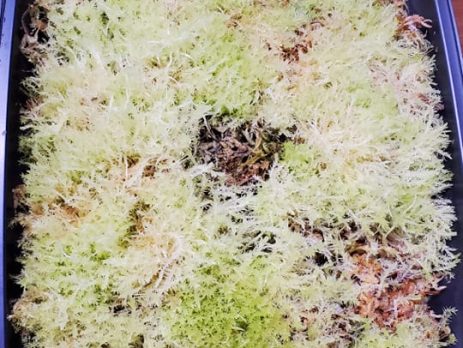
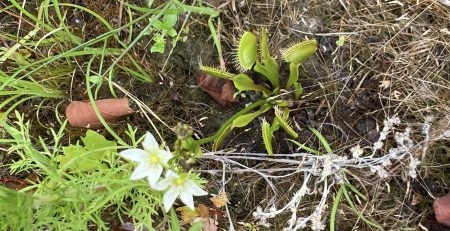

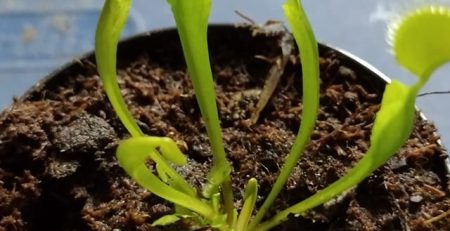

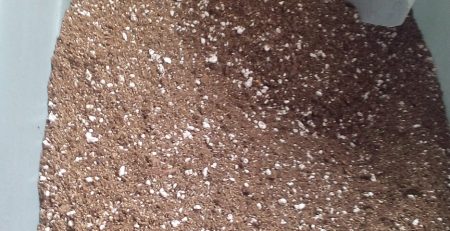
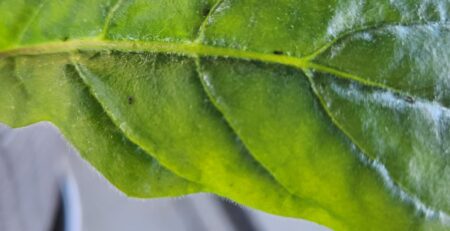
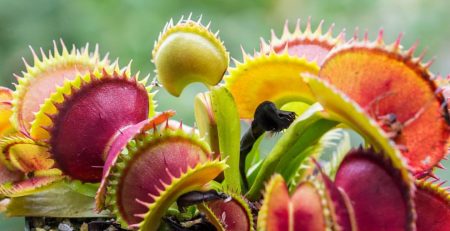
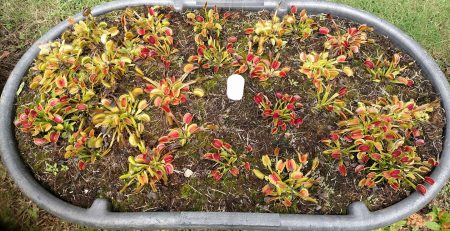
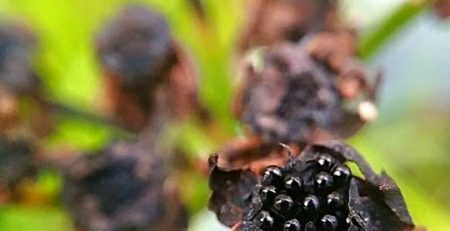
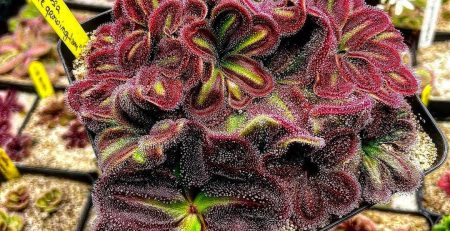
Leave a Reply
You must be logged in to post a comment.